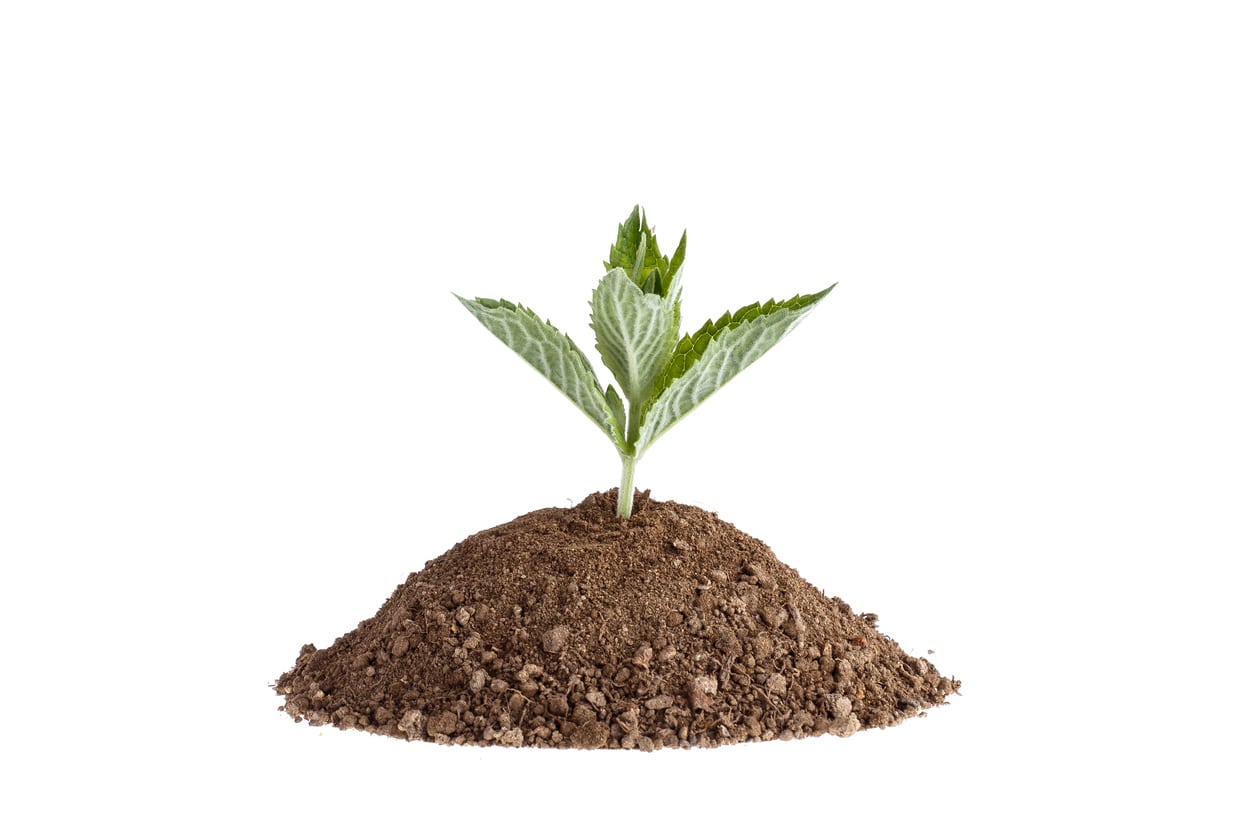


In zones 5 to 7, mint can be planted in April.

New catmint varieties are being introduced regularly, so the best thing to do is to shop around and read the plant tag before you buy. In zones 3 and 4, mint can usually be planted in early to mid May. However, some varieties are more compact, and others that will grow four feet tall and three feet wide. The most common solution is to submerge a pot or container into the ground so that the roots are contained. Most catmints are floppy, bushy plants that mature at about 10 to 24 inches tall and 12 to 24 inches wide. If left uninhibited, mint can quickly take over a garden. Mint has a rapidly-growing root system and its roots, called runners, grow aggressively. To prevent mint rust, keep plants thinned for adequate air circulation within the plant, and remove dead stems. Otherwise, it looks untidy, and the weeds may reduce yields and affect flavor.
#Best time to plant mint seeds free#
Keep the area around your mint free of weeds. It should also be noted that the best technique for. For a specific date that you should start mint seeds indoors you should: Not only this, but I recommend again paying close attention to your local weather report. And if you plant them too late, your mint won’t produce a harvest before the first frost arrives in the fall. It can adapt to just about any type of soil, but develops the best foliage in moist, well-drained soil that has been enriched with compost. Depending on the type of mint, it takes roughly 50-60 days to grow mint from seed indoors and then transplant them to your garden. So if you plant them outside too early in the spring they will die. Dried basil just doesnt have the aromatic. Mint are not able to survive frost or cold weather under 40 degrees Fahrenheit. If you were to grow only one herb, this should probably be it. Mint rust, a fungus that generates small orange, yellow, or brown pustules on the undersides of mint leaves, can be fought using a heat treatment in which the roots are immersed in hot water, cooled, and then replanted. Great for containers, but be sure to keep watered. Here we would recommend that you grow the mint indoors about a month before the frost clears and the ground warms up. Cutworms, which you know you have if the stem is severed at the soil line, can be managed by removing plant residue from soil following a harvest.ĭiseases. Simply burrow a few inches below the soil surface of the donor plant and gently pinch or cut off a piece. Mint is another culinary herb that needs to be part of your pantry. Spraying plants with a strong jet of water can help get rid of spider mite populations (symptoms: yellow or bronzed leaves, webbing on leaves). April to mid June is a good time to take mint cuttings. While mint is an exceptionally tough plant it is vulnerable to snails, slugs, thrips, aphids, cutworms, and spider mites when young.


 0 kommentar(er)
0 kommentar(er)
